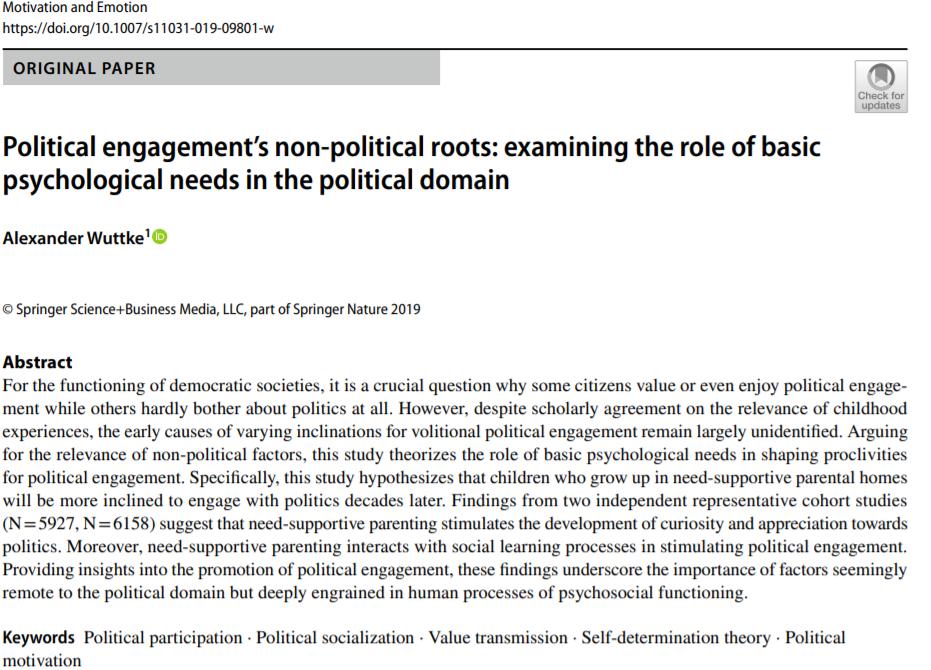Focusing on populist attitudes, we demonstrate simple methods to align theory and measurement.
👇Summary+Preprint+Shiny App

Preprint of the Study: alexander-wuttke.de/wp-content/upl…
Shiny Application: populism.alexander-wuttke.de
Bollen composite scores suggest that higher levels of populist attitudes go along with lower levels of trust.
In most cases, Goertz index indicates weaker associations with substantive variables than Bollen.
In many cases, the conclusions do not differ.
But too often they do,sometimes drastically.
An unknown share of users cannot open the website because of university firewalls. Please let us know when you receive an error message and tell us if you are using the university network.
populism.alexander-wuttke.de
What a ride. This was a truly fabulous collaboration with H. Schoen + @ChristianSchim.
Let us know if you have any questions or if we made any mistakes.
@denis_cohen helped us with the simulation stuff that was above our head
@b_castanho et al made the analysis possible by sharing their data
And many others (eg @Flavio_Azevedo_,@uzh_ikmz, @spasspolitik) for feedback
























